Why Smart Vending Should Support Both Cash and Cashless Payments
The vending industry has evolved significantly from the days when coin-only machines were the norm. The integration of dollar bill acceptors marked a leap forward in convenience. Now, the widespread adoption of credit card readers and mobile payment systems has reshaped consumer expectations. With most people carrying digital wallets or cards, offering only cash limits your customer base and sales potential.
According to research by USA Technologies, vending machines equipped with card readers see a 30% increase in average sales compared to cash-only models. While some operators express concern about transaction fees, the increase in sales volume typically far outweighs the cost, making smart vending cash payment integration a high-ROI upgrade.
That said, cash still matters. Many users—including students, factory workers, travelers, and older demographics—still rely on physical currency. This is why modern operators favor hybrid vending machines that support both MDB-compatible bill validators and advanced card readers. These machines provide the flexibility to serve all customers, regardless of payment preference.
Benefits of Combining Cash and Cashless Payments
- Maximize Sales Opportunities: Capture revenue from every customer, regardless of how they choose to pay.
- Higher Spend per Transaction: Customers using cards or mobile wallets often purchase more per session.
- Faster Payment Processing: Tap-to-pay and mobile transactions reduce wait times and improve user experience.
- Improved Accessibility: Cash and card options accommodate every demographic, including unbanked users.
- Flexible Integration: Compatible with legacy machines using retrofit kits or pre-configured in new hardware.
- Advanced Telemetry: Card readers often support remote monitoring, stock alerts, and real-time analytics.
Types of Cashless Vending Payment Technologies
Modern vending systems support a variety of card-based and mobile payment options that work alongside cash components:
- Swipe credit card readers using magnetic stripe technology
- EMV chip readers offering secure authentication
- NFC contactless readers compatible with Apple Pay, Google Pay, Samsung Pay, and more
These technologies can be easily integrated into existing vending machines using the MDB protocol. Devices like the BV30 bill acceptor and MEI VN2700 series pair well with modern smart vending platforms for a full-featured vending controller with bill validator and card reader setup.
Hybrid Vending Machines Deliver Superior ROI
By offering both cash payment vending systems and digital payment options, operators unlock broader market access and consistent transaction success. Cash is still vital in low-connectivity environments, while cards and contactless options are expected in tech-savvy urban spaces.
This dual approach ensures your machines stay competitive across various demographics and locations, from universities to airports to manufacturing plants. The flexibility also allows you to future-proof your vending assets against emerging trends in consumer finance and payment behavior.
Understanding MDB Protocol and Payment Peripheral Compatibility
The MDB (Multi-Drop Bus) protocol is the vending industry standard for connecting payment peripherals such as bill validators, coin changers, and card readers. MEI (Mars Electronics International) is a trusted leader in this space, with widely used devices that offer reliable integration with MDB-compatible machines.
1. Device Compatibility
MEI produces MDB bill validators and coin mechs that communicate directly with the vending control board. These devices, including the VN 2700 series, work out-of-the-box with compliant vending machines.
2. Power & Connectivity
Ensure your machine provides 24V MDB power via a 6-pin connector. MEI devices connect in a daisy-chain format, typically following this order: Controller → Coin Mech → Bill Validator → Card Reader.
3. Firmware & Configuration
Some MEI products require firmware updates or customization via USB tools to support specific vending functions, such as data reporting, timeouts, or audit integration.
4. Compatible Devices
- MEI VN 2500 / VN 2700 / VN 2000 Series – Bill Validators
- MEI 7000 / 8000 / 9000 Series – Coin Changers
- MEI EasiTrax / Advance 5000 – Telemetry & Audit Solutions
Common Setup Issues and How to Solve Them
| Issue | Recommended Solution |
|---|---|
| No MDB support on legacy machines | Install an MDB upgrade kit or converter module |
| Device does not power on | Confirm MDB wiring is correct and 24V power is present |
| Incompatible firmware | Update using MEI’s USB tools and verify settings |
| Mixed protocol conflict (Pulse + MDB) | Ensure all peripherals operate over the MDB protocol exclusively |
Best Practices for a Reliable Smart Vending Setup
- Power off the vending machine before installing or adjusting any MDB device.
- Maintain the proper order in the MDB connection chain.
- Use LED indicators and diagnostic tools to troubleshoot devices in real time.
- Test each payment module individually before deploying the machine live.
Conclusion: Cash + Card = Smart Vending Success
Supporting both cash and cashless payments is essential for vending machine profitability and customer satisfaction. With the combined power of MDB bill validators and advanced card reader systems, operators can create vending solutions that perform reliably in any environment while maximizing revenue.
If you’re planning to upgrade your vending machines, modernize your payment infrastructure, or scale your operations across diverse markets, hybrid payment support is a must. It’s no longer just a feature—it’s a competitive necessity.
Need help selecting the right components or designing a fully integrated smart vending system? Contact VapeTM for personalized solutions tailored to your hardware and customer base.
